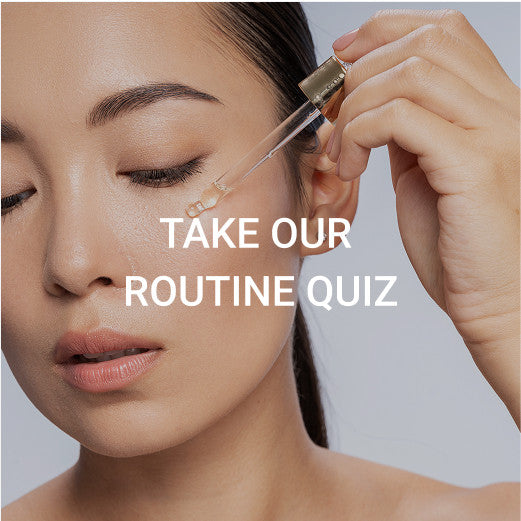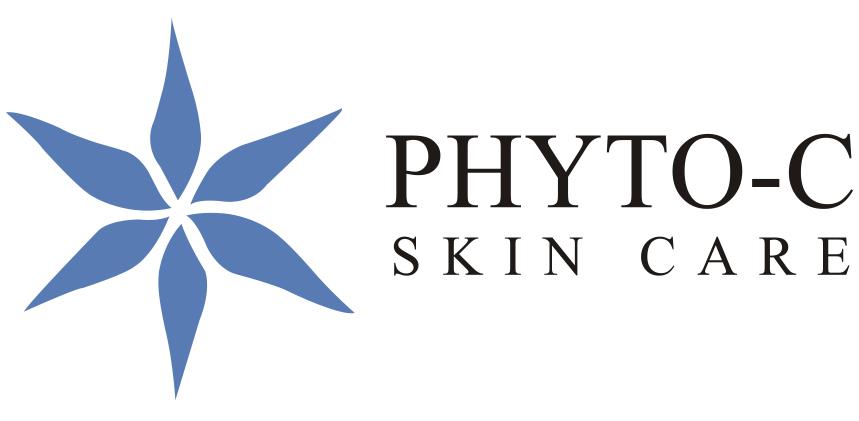Vitamin C has quickly become one of the most discussed ingredients in skincare. From evening out dull skin to fading dark spots, its advantages are touted far and wide. However, if you are a beginner, you may not know where to start using it. The fact is, adding a vitamin C serum for face need not be intimidating. By learning the fundamentals and doing a few simple things, you can make this antioxidant your skin's BFF without irritation. This step-by-step guide for beginners breaks down the right serum selection, safe application, and establishing a routine that makes your skin glow. Whether you're looking to fade pigmentation, enhance radiance, or just defend your skin against damage, this guide will take you through all there is to know before grabbing your first vitamin C facial serum.
Step 1: Understand What A Serum With Vitamin C Does
Before applying, it’s important to know what makes vitamin C serums so popular. It is a powerful antioxidant that helps fight free radicals caused by pollution, UV rays, and daily stress. It brightens the skin, evens out tone, reduces the appearance of fine lines, and promotes collagen production. Regular use of vitamin C skin serum can give you a healthier, youthful glow. However, using too much too soon may cause redness or irritation, which is why beginners should always start slowly.
Step 2: Choose the Right Strength for Beginners
Vitamin C face serums come in different concentrations, often ranging from 5% to 20%. While advanced users may benefit from a 20% vitamin C serum, beginners should start with a lower percentage, such as 8–10%. This ensures your skin gets used to the ingredient without overwhelming it. For those with dryness, the best vitamin C serum for dry skin face usually includes hydrating ingredients like hyaluronic acid. Meanwhile, those with easily irritated skin may want to look for serum for sensitive skin, which often comes with a gentler formula.
Step 3: Patch Test Before Using
Like any new skincare product, patch testing is crucial. Apply a small drop of your serum on a discreet area, such as behind your ear or on your inner arm, and wait for 24 hours. If you notice no redness, itching, or bumps, it’s safe to apply on your face. This small step can save you from discomfort.
(Note: Everyone’s skin is unique. Even widely recommended skincare products may not suit all skin types. If you have sensitive or reactive skin, consult a dermatologist before adding a new serum to your routine. Always perform a patch test before applying vitamin C to your face.)
Step 4: Learn the Right Way to Apply
Applying a serum correctly is just as important as choosing the right one. Many beginners make the mistake of using too much product or applying it in the wrong order, which reduces its effectiveness. Here’s how to get it right:
- Start with clean skin – Always wash your face with a gentle cleanser and pat it dry. Vitamin C works best on freshly cleansed skin, free from dirt, oil, or makeup.
- Use the right amount – A pea-sized amount or 3–4 drops are usually enough. Using too much won’t speed up results; instead, it might irritate your skin.
- Apply with gentle motions – Dab the serum onto your cheeks, forehead, and chin, then spread it evenly using upward strokes. Avoid rubbing harshly, as vitamin C is active and your skin needs a light touch.
- Avoid the eye area – The skin around your eyes is thinner and more sensitive. If you want vitamin C benefits for under-eyes, look for a serum specifically designed for that area.
- Seal it with moisturizer – After applying your vitamin C skin serum, lock in the benefits with a hydrating moisturizer. This prevents dryness and helps the serum absorb better.
- Always finish with sunscreen – This is non-negotiable. Vitamin C enhances sun protection but cannot replace sunscreen. Applying SPF on top ensures your skin stays protected and allows your serum to work at its best.
Step 5: Start Slow and Build Up
If you're new to using vitamin C, use it 2–3 times a week and see how your skin responds. Gradually increase usage to once a day as your skin becomes accustomed. Try not to layer with very active exfoliants or retinol simultaneously without consulting a dermatologist, as this can irritate the skin. Rather, apply vitamin C in the morning and retinol in the evening. This regimen lets you appreciate the entire benefit of a vitamin C facial serum without over-stressing your skin. Remember, it's always better to bring new products in slowly than to bombard your skin. Being cautious, you reduce the risk of irritation and provide your skin with an opportunity to adjust well.
Step 6: Be Consistent and Patient
The key to seeing results is consistency. While some people notice brighter skin within two weeks, it may take up to two months to see visible improvements in pigmentation and fine lines. Even the best vitamin C serum for face will not work overnight. Stick with your routine and give your skin time to adapt. With steady use, you’ll notice healthier, more radiant skin that looks naturally refreshed. Think of vitamin C as an investment in your skin’s long-term health—it helps protect today and repair for tomorrow. Consistent use ensures your results are lasting and visible over time.
First Step To Glowing Skin With Vitamin C Serum
Starting your vitamin C facial serum routine can be daunting, but once you grasp the fundamentals, it becomes one of the most rewarding skin care steps. From selecting the correct concentration to using it properly, every step guarantees that your skin receives the most out of vitamin C without irritation. Results might not be instant, but consistency and patience are your best friends. With time, vitamin C serves to whiten dark spots, enhance collagen, and leave your complexion with a natural glow. Always ensure to use your serum in combination with sunscreen for maximum protection. For a professional-grade option trusted by dermatologists, explore Phyto-C Skin Care’s vitamin C serum that can balance effectiveness with safety. If you’re just beginning, take it slow and let your skin adjust. With regular use, vitamin C can truly transform your skincare journey.
FAQs
1. Can I use vitamin C serum with niacinamide or retinol?
Yes, but timing matters. vitamin C and retinol should not be applied together because both are potent and can irritate your skin. Instead, use vitamin C in the morning to protect against free radicals and brighten your complexion, and retinol at night to support skin renewal. Niacinamide can be layered with vitamin C, but beginners may find it gentler to introduce them on alternate days until their skin adjusts. Always follow with moisturizer and sunscreen.
2. What do I do if my skin tingles after using vitamin C serum?
A slight tingling sensation is quite normal, particularly if you're just starting to use vitamin C. It simply implies that your skin is acclimating to the active ingredient. Incase the tingling becomes burning, redness, or itching, it might be too harsh for your skin type. If that happens, cut back to 2–3 times a week or change to a lower strength, e.g., the top-rated vitamin C serum for sensitive skin. Be sure to patch test beforehand and moisturize afterwards.
3. How long does it take to notice an effect with vitamin C face serum?
The timeline differs from individual to individual, but on average, you can expect to see brighter and fresher-looking skin after two to three weeks. For improvements in dark spots, pigmentation, or wrinkles, you will need six to eight weeks of regular use. Be patient and consistent. Using it in combination with sunscreen each day protects your progress and makes the result last longer.
4. Can I apply vitamin C serum with sunscreen?
Yes, and it's actually the best method for achieving maximum protection. Vitamin C is an antioxidant that protects your skin from free radicals, while sunscreen acts to reject bad UV rays. When combined together, they offer greater protection against damage caused by the sun, premature aging, and pigmentation. Following your application of vitamin C skin serum, wait a minute for it to soak in, and then apply a broad-spectrum sunscreen with SPF 30 or higher. This seals in what the two products have to offer.
5. Do I need to discontinue using vitamin C if I experience a breakout?
Not necessarily. Breakouts can occasionally occur when your skin is getting used to a new product, particularly active ingredients such as vitamin C. If it's a minor breakout, stop use for a couple of days, allow your skin to heal, then reintroduce it gradually. If breakouts persist or get more severe, try a milder serum specifically for acne-prone or sensitive skin. But if you get painful or cystic acne, it would be best to seek the opinion of a dermatologist for personalized guidance.


 My Account
My Account Our Story
Our Story Shipping Information
Shipping Information Returns
Returns FAQ
FAQ Contact Us
Contact Us

 Next Post
Next Post